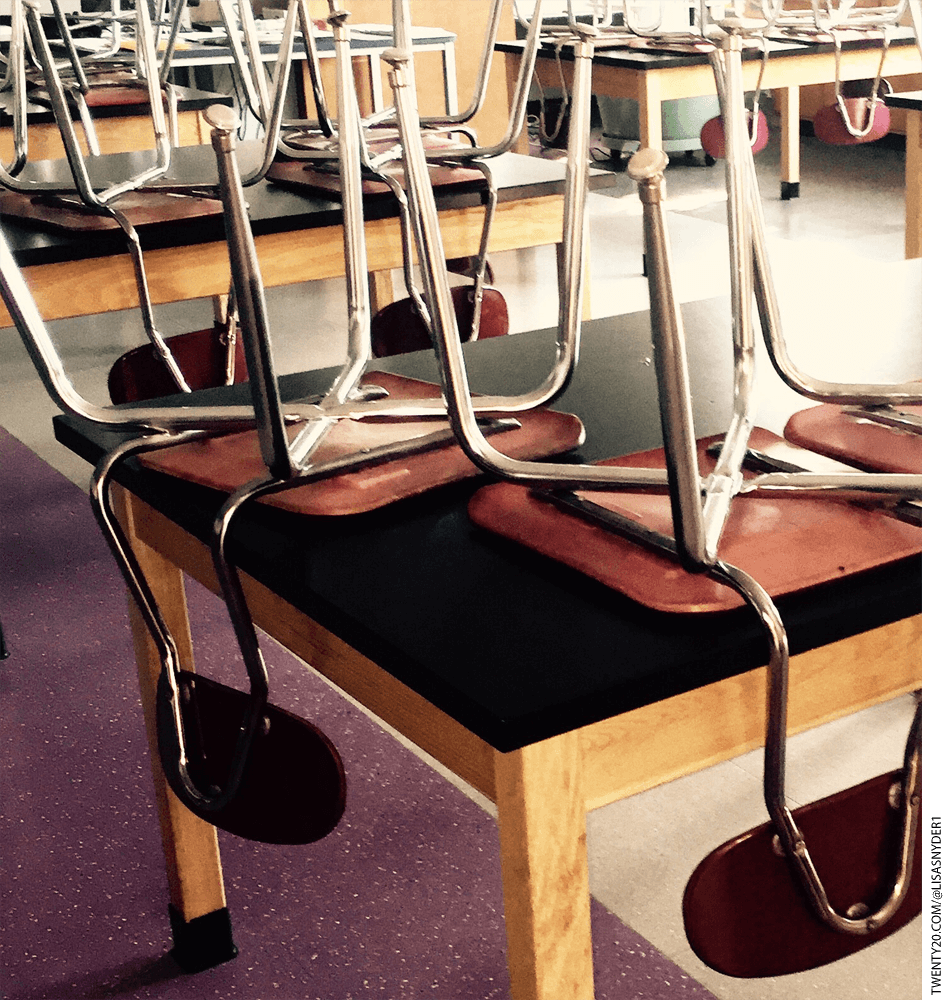 The Covid-19 pandemic exposed critical flaws in the way states fund education, which is based on the time students sit in school rather than the quality of instruction. It is time for a “New Grand Bargain” where states offer schools more learning models on where, when and how students are taught, and schools agree to base at least some of their funding on whether students are learning.
The Covid-19 pandemic exposed critical flaws in the way states fund education, which is based on the time students sit in school rather than the quality of instruction. It is time for a “New Grand Bargain” where states offer schools more learning models on where, when and how students are taught, and schools agree to base at least some of their funding on whether students are learning.
Under the traditional “seat-time” funding rules in most states, schools receive funds only if students are physically present at school, working directly with a teacher.
When millions of students were suddenly forced to learn online last spring, this approach fell apart. Now as the new school year begins and many schools begin offering in-person as well as online instruction, states are struggling to develop replacement rules.
Some states, like Florida, are funding schools based on pre-pandemic student counts. This means that schools can lose track of a substantial portion of their students and still receive the same funding.
In Texas, schools must show that students log into their computers or turn in an assignment each day. In California, schools are expected to calculate the “time value” of each online assignment.
While these rules may show that a school has not lost a student, they tell us nothing about the quantity or quality of instruction.
It is time to fundamentally rethink seat-time funding to reflect the nature of instruction we expect for students during the pandemic and afterwards.
The original grand bargain between states and schools started with seat-time rules rooted in an industrial model where teachers stood in front of a homogenous classroom of students for a minimum number of days each school year. States paid the cost of delivering this specific model, and they developed byzantine manuals to count students and prevent schools from cutting corners.
Even before this year’s pandemic, better understanding of strong pedagogy and new technologies uprooted this approach.
More and more schools are moving to personalized, competency-based learning. If lectures are needed, students can watch videos of them at home, practice what they learned and then take a formative assessment to indicate what they learned, all before coming into school. Then in the classroom, teachers can address common challenges at the beginning of class and work directly with small groups of students having difficulty, while other students work with each other or independently on computers.
Whole-group instruction is not suited for a classroom where each student is at a different place in the curriculum and has unique needs.
To better serve all students, a new grand bargain between states and schools is needed to replace seat-time funding. With state funding no longer tied to the physical presence of students, schools would have substantial flexibility in how to spend state aid, allowing them to educate students in a more dynamic and complex network of learning opportunities.
As a replacement to traditional seat-time funding, states can learn from the approach New Hampshire has taken with its Virtual Learning Academy Charter School (VLACS), which is funded entirely on the percentage of assignments a student successfully completes. For example, if a course has 10 assignments and a student finishes seven of them, VLACS gets 70 percent of the funding.
By basing even 10 or 15 percent of funding on student learning, states can strongly incentivize improved outcomes and innovation.
One challenge is whether schools will simply pass every student to get the money. States can require assurances from schools and use audits to overcome this hurdle.
Another concern is fair treatment for schools that serve disadvantaged students who may not have computers, Internet access or home conditions conducive to learning. This can be addressed by providing substantially more funding for success with at-risk students, as Texas did when rewarding schools for results in college, career, and military readiness.
It’s time to disrupt the status quo. By designing a new school funding system carefully, states can promote quality instruction, both during school closures and afterwards, with affordability, financial predictability, and equity. By giving greater flexibility in return for student learning, states can move schools toward an education approach better suited to help ensure student success in the modern era.
Larry Miller is an education finance and policy research consultant and Matthew H. Joseph is the policy director for funding at the Foundation for Excellence in Education.


